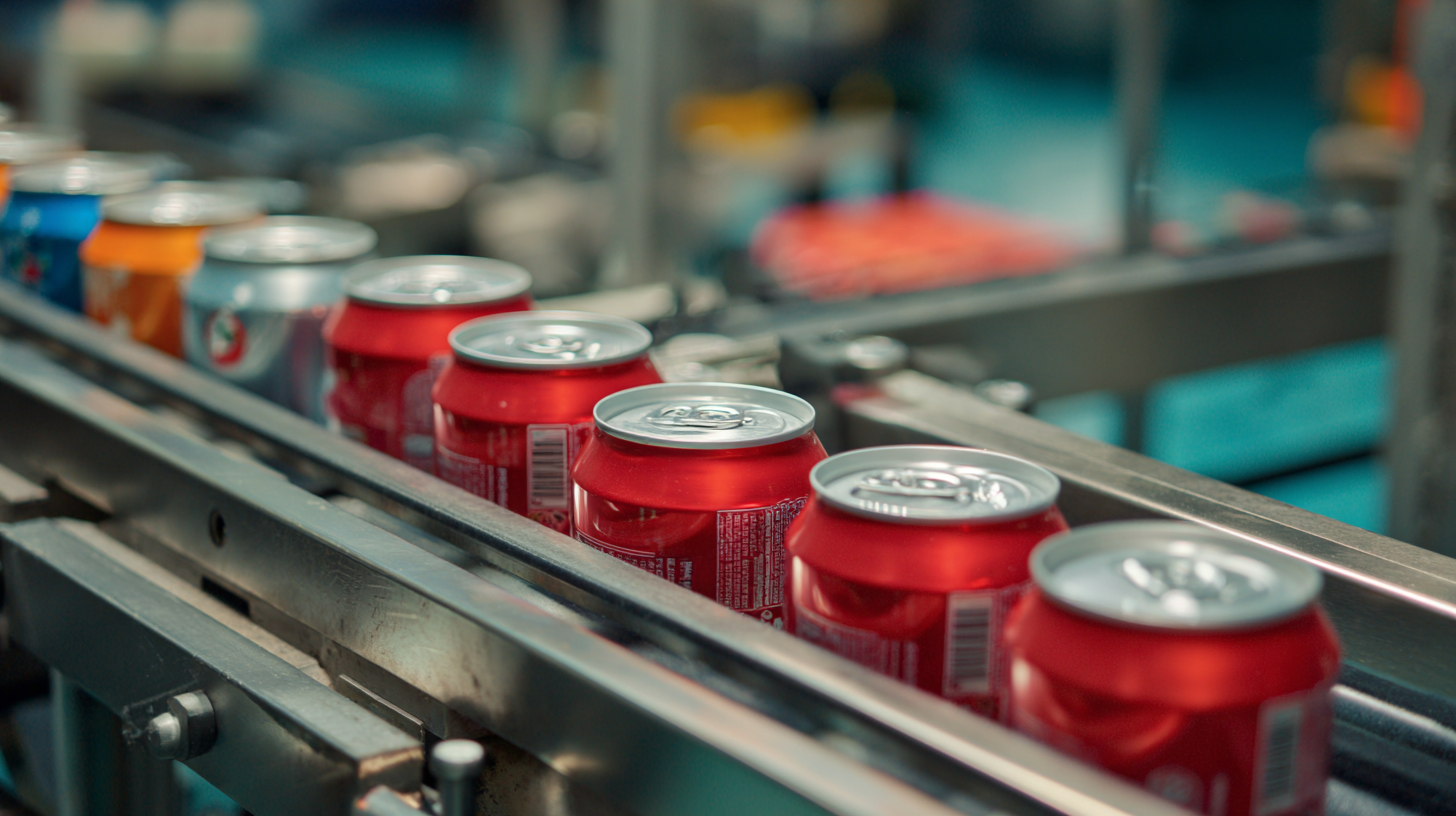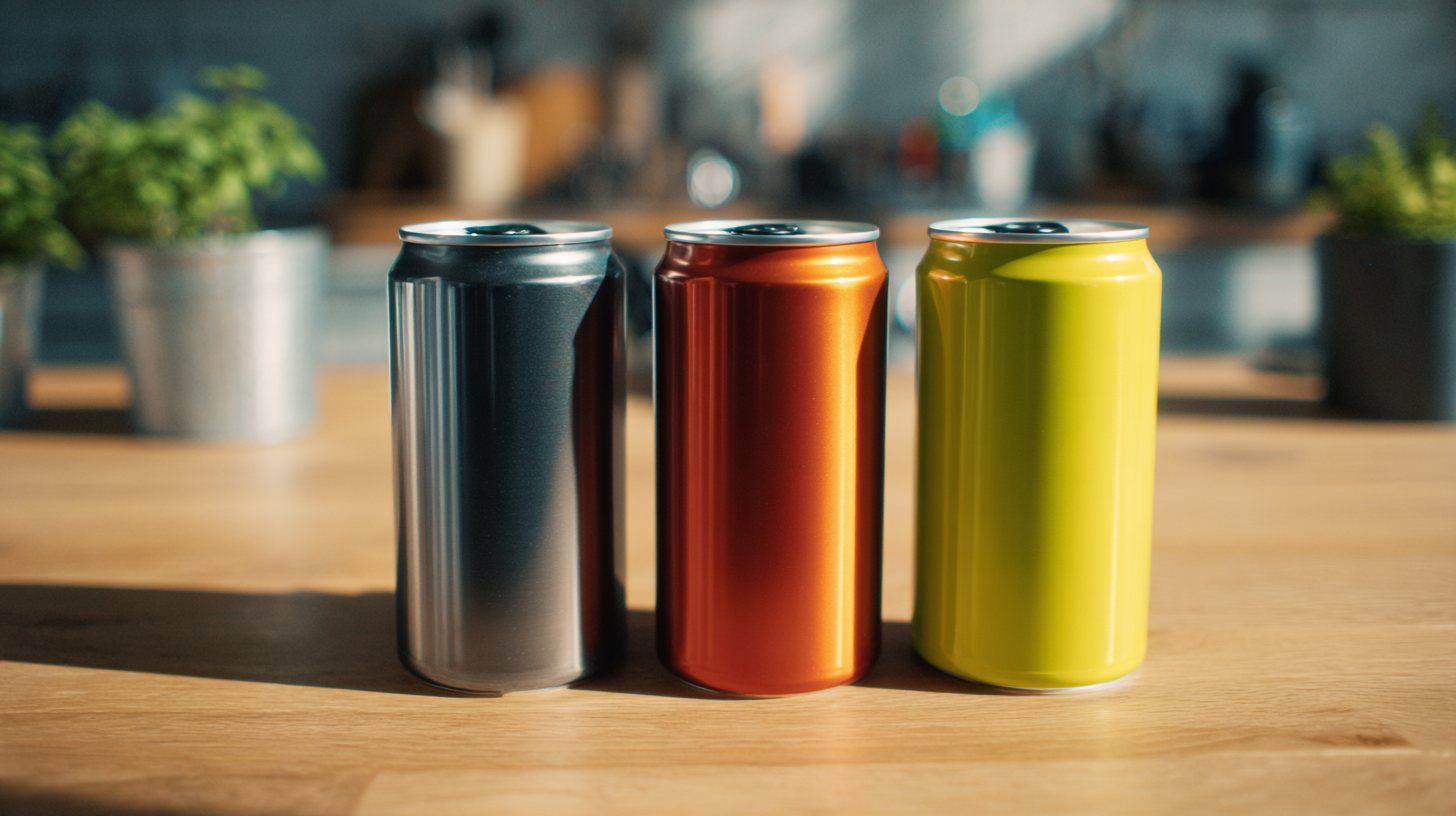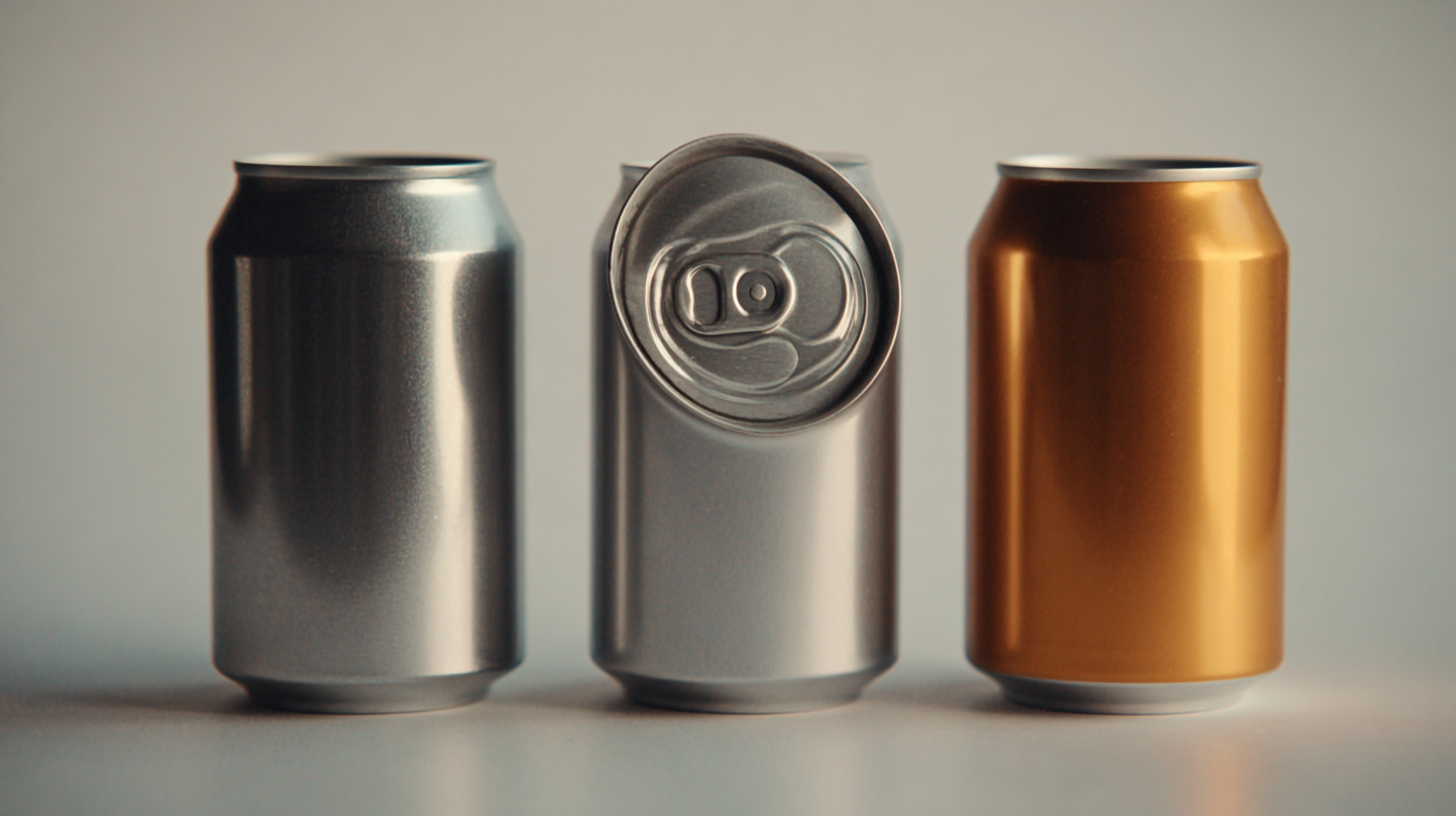 +817089618688
+817089618688
Free Standard Samples can be provided for you to check the quality.
Leave Your Message
As the world increasingly prioritizes sustainability, innovations in packaging technology are becoming crucial in the quest for eco-friendly solutions. One area ripe for transformation is the humble tin can, which has long served as a durable and reliable container for various products. However, with advancements in materials science and design thinking, the future of tin can technology holds exciting possibilities that can mitigate environmental impact while enhancing functionality.

This blog will explore the latest innovations in tin can manufacturing, focusing on their potential to reduce waste, optimize recyclability, and promote sustainable practices across industries. Join us as we delve into a checklist of transformative features and practices emerging in the realm of tin can packaging, spotlighting how these developments are set to reshape the landscape of sustainable packaging for years to come.
Innovative materials are at the forefront of advancing eco-friendly tin can production, responding to the growing demand for sustainable packaging solutions. Recent developments in metal-organic frameworks (MOFs) illustrate how innovation can extend beyond mere packaging applications. These versatile materials, characterized by their high surface areas and tailorable structures, can enhance the functionality of packaging, offering possibilities for gas adsorption and even smart packaging that can respond to environmental changes.
Moreover, the field of additive manufacturing is transforming how we think about the materials themselves. The emergence of heterogeneous metal-polymer components showcases a new approach to integrating multiple functionalities, such as mechanical strength and thermal efficiency, into a single packaging solution. This combination could lead to the production of lighter and more resource-efficient tin cans, aligning perfectly with the principles of sustainability. As industries like green steel production advance, the same spirit of innovation will undoubtedly drive the evolution of tin can technology towards more eco-friendly practices.
In recent years, the packaging industry has witnessed significant transformations aimed at enhancing recyclability and sustainability. Among these advancements, tin can technology is leading the charge. According to the Aluminum Association, aluminum cans boast a remarkable recycling rate of 73%, outperforming many other packaging materials. This is crucial, as the global emphasis on reducing carbon footprints intensifies. By improving the materials and processes involved in tin can manufacturing, we can further elevate these recycling rates, contributing positively to the circular economy.
One innovative technique involves lightweighting, which reduces the amount of material needed for each can without compromising structural integrity. Research from the European Aluminum Association indicates that lightweighting can save over 10% in production costs and significantly reduce transportation emissions. As brands increasingly adopt these technologies, consumers can play a role too.
Tip: When purchasing canned products, look for brands that prioritize sustainable packaging innovations. Additionally, proper recycling practices at home can help ensure that tin cans are processed efficiently. After rinsing out cans, place them in your recycling bin to contribute to a sustainable future. As technology continues to evolve, the impact of tin can innovations will only become more prominent in fostering a sustainable packaging landscape.
In recent years, the fast-moving consumer goods (FMCG) packaging market has seen significant growth, projected to reach a staggering $823.83 billion in 2024 and expected to soar to $1.3408 trillion by 2032, with a compound annual growth rate (CAGR) of 6.28%. This surge is driven by an increasing demand for sustainable design solutions that actively decrease environmental impact. Innovations in packaging technology, particularly in tin can design, are at the forefront of this trend, offering smart features that enable waste reduction and efficient resource utilization.
Sustainable packaging solutions, such as those rooted in composite materials like aluminum foil composites and paperboard packaging, are anticipated to grow steadily. The paper and board packaging segment alone is expected to reach $381.4 billion in 2024, spurred by rising demands from the food and beverage industry, with a CAGR exceeding 5.1% through 2034. Additionally, the edible packaging market, valued at $929.7 million in 2024, is predicted to expand to $1.9 billion by 2034, highlighting a robust consumer shift towards eco-friendly alternatives. These trends underline the importance of implementing innovative design features that not only enhance product preservation but also align with global sustainability goals.
As consumer awareness and demand for sustainable packaging grow, a notable trend has emerged: shoppers are increasingly willing to pay a premium for eco-friendly options. According to the PwC 2024 Voice of the Consumer Survey, consumers are prepared to spend an average of 9.7% more on sustainably sourced goods, even in the face of rising living costs and inflation. This indicates a shift in consumer sentiment, suggesting that sustainability is no longer just a trend but a key factor in purchasing decisions.
 The Western Europe tinplate packaging market exemplifies this shift, projected to expand from $68.32 million in 2025 to $93.68 million by 2032, with a CAGR of 4.61%. This growth reflects the increasing preference for metal cans, which are not only recyclable but also offer enhanced protection for products. Furthermore, the global alcoholic drinks packaging market, valued at USD 52.6 billion in 2024, is predicted to grow at a CAGR of 6.1% from 2025 to 2034, driven by the rising demand for sustainable packaging solutions.
The Western Europe tinplate packaging market exemplifies this shift, projected to expand from $68.32 million in 2025 to $93.68 million by 2032, with a CAGR of 4.61%. This growth reflects the increasing preference for metal cans, which are not only recyclable but also offer enhanced protection for products. Furthermore, the global alcoholic drinks packaging market, valued at USD 52.6 billion in 2024, is predicted to grow at a CAGR of 6.1% from 2025 to 2034, driven by the rising demand for sustainable packaging solutions.
Tips: Consider choosing products in sustainable tin can packaging to support environmentally friendly practices while enjoying quality preservation. Keep an eye on brands that prioritize biodegradable and recyclable materials, as shifting your purchasing habits can contribute to a larger sustainability movement.
In the pursuit of sustainable packaging, tin can technology has shown promise, yet it faces several barriers that need addressing to fully realize its potential. One significant challenge is the recyclability of tin cans, which, despite being made from recyclable materials, often see low recycling rates due to contamination. Developing better collection and processing systems is crucial to ensuring that these cans are properly recycled, thereby reducing their environmental footprint and conserving resources.
Another challenge is the adoption of innovative materials and coatings that enhance the sustainability of tin cans while maintaining their durability and safety. The industry must overcome the reliance on conventional coatings that might not be eco-friendly. Research into biodegradable or less harmful alternatives is vital, and collaboration between manufacturers, researchers, and environmental groups will be key to driving these innovations. By tackling these hurdles, the future of sustainable tin can packaging can be significantly improved, leading to less waste and a lower impact on the planet.

